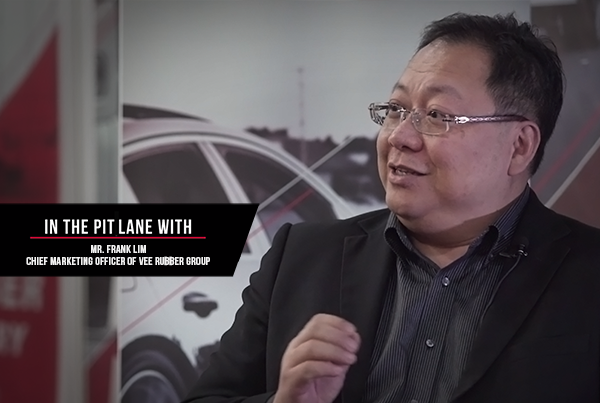The tyre industry output in 2016 reached 17 million tonnes and is estimated to grow at a rate of 4% annually until 2022. Globally, 2.9 billion units were produced globally that included replacement and OEM markets. The growth is said to be driven by tyre innovations, increasing demand, capital spending and capacity building by tyre manufacturers.
The growth has also been bolstered by manufacturing process improvements that have largely been spurred on by environmental concerns. Growing demand has resulted in the setting up of new manufacturing units that are more capable of handling technology and new equipment. Automation advances have also helped to a significant extent.
While demand for OEM market comes from new vehicle production which is cyclical in nature, the replacement market is dependent on patterns of usage and cycles of replacement. The replacement market carries higher margins of business owing to being less cyclical in nature.
The Asia-Pacific region continues to dominate the tyre market. In the face of increasing demand, the industry has to deal with new challenges brought on by technological advances, supply chain dynamics and cross-border security.
Asia Pacific takes the lead
China represents the biggest market in the world for tyres thanks to the tremendous growth in the automotive industry. Other leading tyre markets in the world include Europe, Japan and the United States.
Countries in the Asia Pacific region are set to lead the global growth in the tyre industry according to an estimate. Countries such as China, Japan, India, and Australia are expected to play key roles in redefining tyre trade over the coming years. By 2021, the automotive tyre market will be worth $298.15 billion globally and in 2019, close to 50 percent of tyres are expected to be sold in Asia Pacific countries alone.
In fact, the protagonist role played by Asia Pacific in the tyre trade became the focus of Tyrexpo Asia which showcased tyre and automotive trends, equipment and challenges.
Rapid advances in technology remain one of the key challenges facing the tyre industry. In fact, the future may well depend on how well the industry adapts to technological innovations. Tyre industry experts believe autonomous driving to be the major drivers for the market in the coming years that requires constant vigil.
Emerging challenges
Automation: As per a , by 2030, 15% of new cars will be completely autonomous and by 2050 almost all of the vehicles sold will be autonomous. Even as vehicles are becoming smarter, the need for connected tyres will increase. New smart tyres will be designed to talk to each other, as well as with the surroundings and infrastructure. The “” tyres from Goodyear Tires is one such example which collects data from surroundings and provides direct inputs to the vehicle system about road and weather conditions.
Pirelli Connesso is another smart tyre that enables the driver to check the health of the tyres using a smartphone app. The tyre has an inbuilt sensor that “talks” to the nearest tyre retailer and goes on to schedule an appointment to address potential problems! ContiConnect from Continental has similar smart abilities where repair technicians are able to “see” the temperature and tyre pressure through a web portal remotely.
Design: Connected tyres will also bring forth new design challenges. For instance, Eagle-360 by Goodyear is spherical in shape as opposed to the conventional round shape. This concept connects with magnetic levitation to the body enhancing comfort and minimizing noise.
Safety: Concomitant with this will be the rise in demand for safer tyres which can withstand rough terrains and harsh environments manufactured under processes that are energy-efficient. If driverless future becomes a reality, passenger security will – not surprisingly- be of paramount importance bringing forth more stringent regulations in tyre labeling. In China, for instance, tyre makers are already making tyres with improved patterns and enhanced wet traction ideal for varied terrains and weather conditions. Brazil and the U.S. are other countries that are focusing on this new generation of tyre safety.
Other pressures the tyre industry faces include complexities involved with supply chain, cost optimization, and shorter cycles of order to delivery. Meeting these emerging demands is critical for the tyre industry to develop mobility, sustainability and growth.



